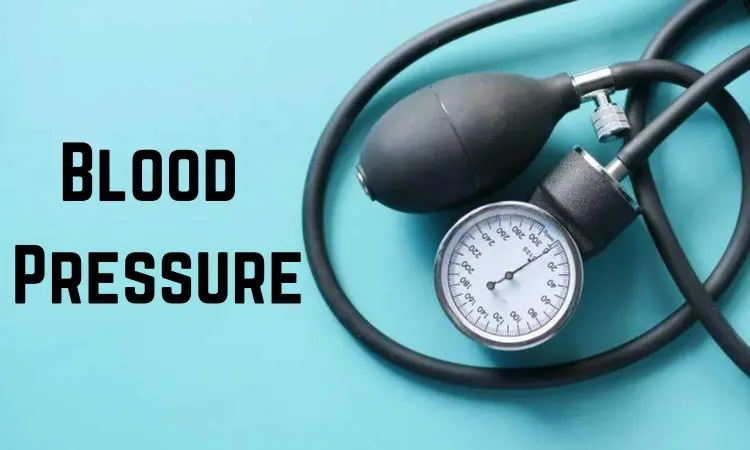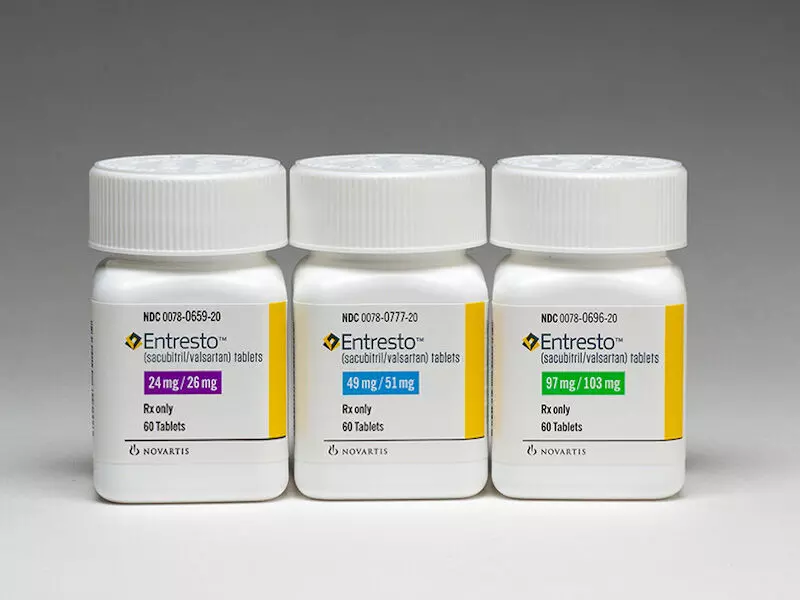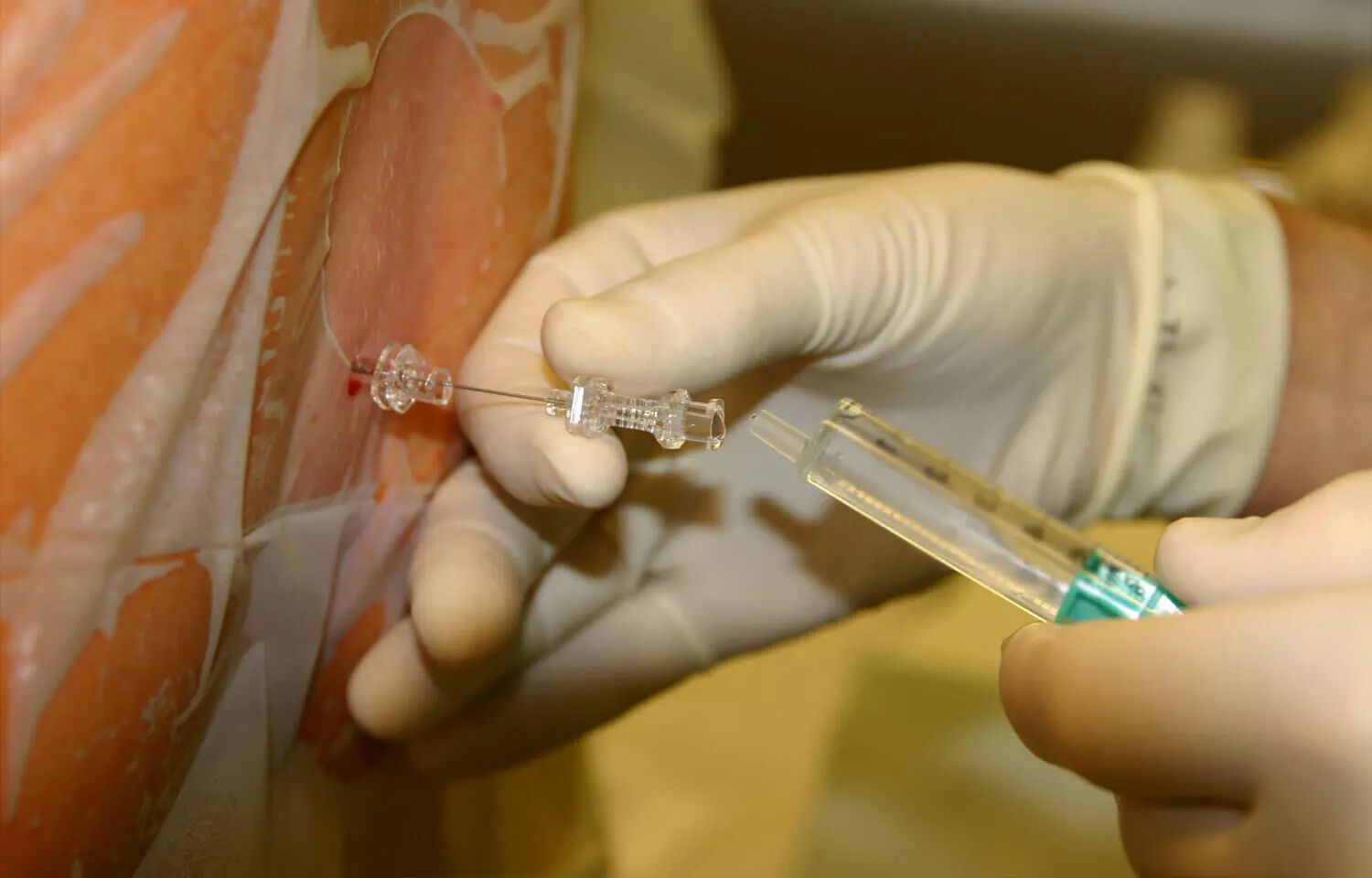- Home
- Medical news & Guidelines
- Anesthesiology
- Cardiology and CTVS
- Critical Care
- Dentistry
- Dermatology
- Diabetes and Endocrinology
- ENT
- Gastroenterology
- Medicine
- Nephrology
- Neurology
- Obstretics-Gynaecology
- Oncology
- Ophthalmology
- Orthopaedics
- Pediatrics-Neonatology
- Psychiatry
- Pulmonology
- Radiology
- Surgery
- Urology
- Laboratory Medicine
- Diet
- Nursing
- Paramedical
- Physiotherapy
- Health news
- Fact Check
- Bone Health Fact Check
- Brain Health Fact Check
- Cancer Related Fact Check
- Child Care Fact Check
- Dental and oral health fact check
- Diabetes and metabolic health fact check
- Diet and Nutrition Fact Check
- Eye and ENT Care Fact Check
- Fitness fact check
- Gut health fact check
- Heart health fact check
- Kidney health fact check
- Medical education fact check
- Men's health fact check
- Respiratory fact check
- Skin and hair care fact check
- Vaccine and Immunization fact check
- Women's health fact check
- AYUSH
- State News
- Andaman and Nicobar Islands
- Andhra Pradesh
- Arunachal Pradesh
- Assam
- Bihar
- Chandigarh
- Chattisgarh
- Dadra and Nagar Haveli
- Daman and Diu
- Delhi
- Goa
- Gujarat
- Haryana
- Himachal Pradesh
- Jammu & Kashmir
- Jharkhand
- Karnataka
- Kerala
- Ladakh
- Lakshadweep
- Madhya Pradesh
- Maharashtra
- Manipur
- Meghalaya
- Mizoram
- Nagaland
- Odisha
- Puducherry
- Punjab
- Rajasthan
- Sikkim
- Tamil Nadu
- Telangana
- Tripura
- Uttar Pradesh
- Uttrakhand
- West Bengal
- Medical Education
- Industry
Standing Blood Pressure better tool for Diagnosing Hypertension

A recent ground-breaking study revealed the significance of standing blood pressure measurement and found that standing BP, alone or in combination with seated BP, outperformed seated BP alone in diagnosing hypertension in adults. The study results were published in the journal Scientific Reports.
Hypertension (HTN) is a prevalent cardiovascular condition, and its accurate diagnosis is of paramount importance. Current guidelines recommend measuring blood pressure (BP) in a seated position during screenings for HTN. However, the accuracy of seated BP measurements in detecting high BP is limited. To address this issue, a cross-sectional study was conducted to assess the incremental value of standing BP in the diagnosis of HTN.
The study enrolled adults without known cardiovascular disease, HTN, or BP medication use. Seated, standing, and 24-hour ambulatory blood pressure measurements (ABPM) were obtained. The presence of HTN was defined according to the 2017 ACC/AHA and the 2023 ESH HTN guidelines, based on ABPM criteria. The diagnostic accuracy of seated and standing BP was evaluated using the area under the receiver-operating-characteristic curve (AUROC). The sensitivity and specificity of standing BP were assessed using cutoffs derived from Youden's Index, while seated BP was evaluated with cutoffs of 130/80 mmHg and 140/90 mmHg.
Findings:
- Among the 125 participants with a mean age of 49 ± 17 years; 62% were female; 24% were Black.
- Among these, 33.6% had HTN.
- The Sensitivity and specificity of seated systolic BP (SBP) were 43% and 92%, respectively.
- The cutoffs determined by Youden's Index for standing SBP and diastolic BP (DBP) were 124/81 mmHg following the 2017 ACC/AHA HTN guidelines, and 123.5/83.5 mmHg based on the 2023 ESH HTN guidelines.
- The sensitivity and specificity of standing SBP were 71% and 67%, respectively.
- Standing SBP showed a significantly higher AUROC (0.81 [0.71–0.92]) than that of seated SBP (0.70 [0.49–0.91]) when HTN was defined as an average 24-hour SBP of 125 mmHg or higher.
- Additionally, when standing BP was added to seated BP, the combined approach (AUROC 0.80 [0.68–0.92]) improved the detection of HTN compared to seated BP alone.
- The patterns showed consistency for both the 2017 ACC/AHA and the 2023 ESH definitions for HTN.
Thus, results from the present study underscore the significance of standing BP, whether assessed independently or in combination with seated BP, in the diagnosis of HTN in adults. The findings demonstrate that standing BP outperforms seated BP in HTN diagnosis and offers valuable insights into refining the diagnostic process for this prevalent cardiovascular condition.
Further reading: Giacona, J.M., Kositanurit, W., Wang, J. et al. Utility of standing office blood pressure in detecting hypertension in healthy adults. Sci Rep 13, 15572 (2023). https://doi.org/10.1038/s41598-023-42297-6
BDS, MDS
Dr.Niharika Harsha B (BDS,MDS) completed her BDS from Govt Dental College, Hyderabad and MDS from Dr.NTR University of health sciences(Now Kaloji Rao University). She has 4 years of private dental practice and worked for 2 years as Consultant Oral Radiologist at a Dental Imaging Centre in Hyderabad. She worked as Research Assistant and scientific writer in the development of Oral Anti cancer screening device with her seniors. She has a deep intriguing wish in writing highly engaging, captivating and informative medical content for a wider audience. She can be contacted at editorial@medicaldialogues.in.
Dr Kamal Kant Kohli-MBBS, DTCD- a chest specialist with more than 30 years of practice and a flair for writing clinical articles, Dr Kamal Kant Kohli joined Medical Dialogues as a Chief Editor of Medical News. Besides writing articles, as an editor, he proofreads and verifies all the medical content published on Medical Dialogues including those coming from journals, studies,medical conferences,guidelines etc. Email: drkohli@medicaldialogues.in. Contact no. 011-43720751




